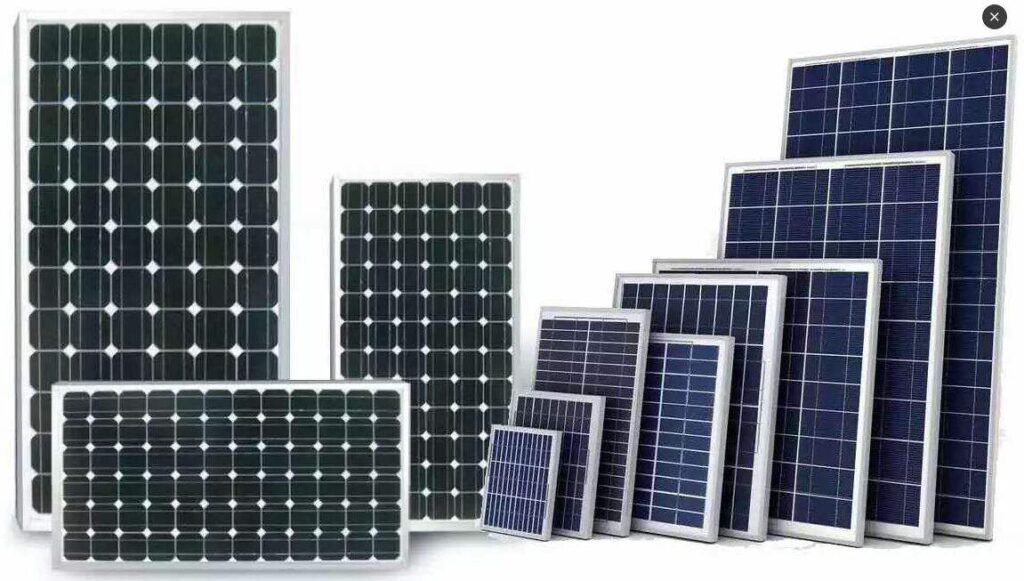
You will find two main categories of solar panels when evaluating solar panels for your photovoltaic (PV) system: monocrystalline panels (mono) and polycrystalline panels (poly). The two types of panels produce energy from the sun, but there are some key differences.
What are monocrystalline and polycrystalline solar panels?
Monocrystalline and polycrystalline solar panels serve the same purpose in a solar PV system, and their science is the same: they convert sunlight into electricity. Likewise, both are made from silicon, an abundant and very durable element used in solar panels. Many solar panel manufacturers produce both monocrystalline and polycrystalline panels.
While monocrystalline and polycrystalline solar panels can both be good choices for your home, there are some important differences you should be aware of before deciding which solar system is right for you. A primary difference between monocrystalline and polycrystalline solar panels is the type of silicon solar cell they use: monocrystalline solar panels have solar cells made from one crystal of silicon, while polycrystalline solar panels have solar cells made from many silicon fragments fused together.
Monocrystalline solar panels
Normally, monocrystalline solar panels are made from monocrystalline solar cells called “wafers.” Monocrystalline wafers are formed by rolling a single silicon crystal into a cylindrical shape. The main advantages of monocrystalline panels are their greater efficiency and sleeker aesthetics, even though they are generally perceived as premium solar products. The electrons that generate electricity have more room to move in a monocrystalline cell since it consists of one crystal. This leads to monocrystalline solar cells having a higher efficiency than polycrystalline solar cells. Compared to other types of panels, monocrystalline panels will produce more kWh of electricity, but they are more expensive per panel.
A monocrystalline cell is composed of a single crystal, so electrons have more space to move. Due to this, monocrystalline solar cells are more efficient than polycrystalline solar cells.
Polycrystalline solar panels
A polycrystalline solar panel is also made from silicon. As opposed to using a single crystal of silicon, manufacturers fuse many fragments of silicon together to form the wafers. A polycrystalline solar cell is also known as a multicrystalline or many-crystal silicon cell.
Because polycrystalline solar cells have more crystals in each cell, the electrons have less freedom to move. As a result, polycrystalline panels have lower efficiencies than monocrystalline panels. On average, these panels are less expensive because of the easier manufacturing process. The colour of polycrystalline solar panels tends to be blue as opposed to the black colour of monocrystalline panels. Due to their inefficiency, you will need more electricity to power your home, but they are less expensive.
How do monocrystalline and polycrystalline panels compare on key metrics?
Metrics are what really matters at the end of the day. These are a few key comparisons between monocrystalline and polycrystalline solar panels:
| Monocrystalline solar panels | Polycrystalline solar panels | |
| Lifespan | 25+ years | 25+ years |
| Temperature coefficient | Lower temperature coefficient/more effective when temperature changes | Higher temperature coefficient/less effective when temperature changes |
| Efficiency | More efficient | Less efficient |
| Cost | More expensive | Less expensive |
| Aesthetics | Solar cells are a black hue | Solar cells have a blue-ish hue |
Thanks for reading.

